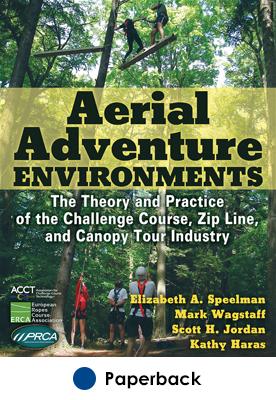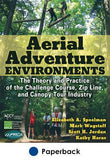Aerial Adventure Environments
Aerial Adventure Environments: The Theory and Practice of the Challenge Course, Zip Line, and Canopy Tour Industry
By Elizabeth A. Speelman, Mark Wagstaff, Scott H. Jordan, and Kathy Haras
Overview
Aerial Adventure Environments is the definitive guide for anyone involved in the rapidly growing field of aerial adventure programming. Authored by leading experts and endorsed by top industry associations, this comprehensive resource brings together the essential elements of high and low ropes challenge courses, zip lines, canopy tours, and aerial adventure parks. Whether you are a student, educator, or industry professional, this book equips you with the knowledge and practical tools needed to design, lead, and manage safe, effective, and inclusive aerial adventure experiences.
Features
-
Thorough coverage of challenge courses, zip lines, canopy tours, and adventure parks in one volume
-
Endorsed by leading industry associations
-
Clear definitions of key terminology for consistent understanding
-
Historical context and global development of the aerial adventure industry
-
In-depth guidance on programming theory, facility and equipment management, staff training, and operational best practices
-
Practical strategies for designing and delivering experiences for diverse clients, including self-directed, guided, and facilitated programs
-
Focus on risk management, active participation, industry standards, and social justice/inclusivity through dedicated sidebars
-
Chapter objectives, summaries, and review questions to reinforce learning
-
"Putting It Into Practice" sections for real-world application
-
Includes 21 checklists and forms for evaluation, job descriptions, and program planning
Why We Love It
Aerial Adventure Environments stands out for its depth, clarity, and real-world relevance. The book not only covers the technical and operational aspects of the industry but also emphasizes current trends, professional competencies, and the importance of inclusivity. Its structure makes it accessible for both newcomers and seasoned professionals, while the practical resources and checklists offer immediate value for program planning and delivery. The integration of risk management, participant engagement, and social justice themes ensures that readers are prepared to create safe, meaningful, and welcoming adventure experiences.





